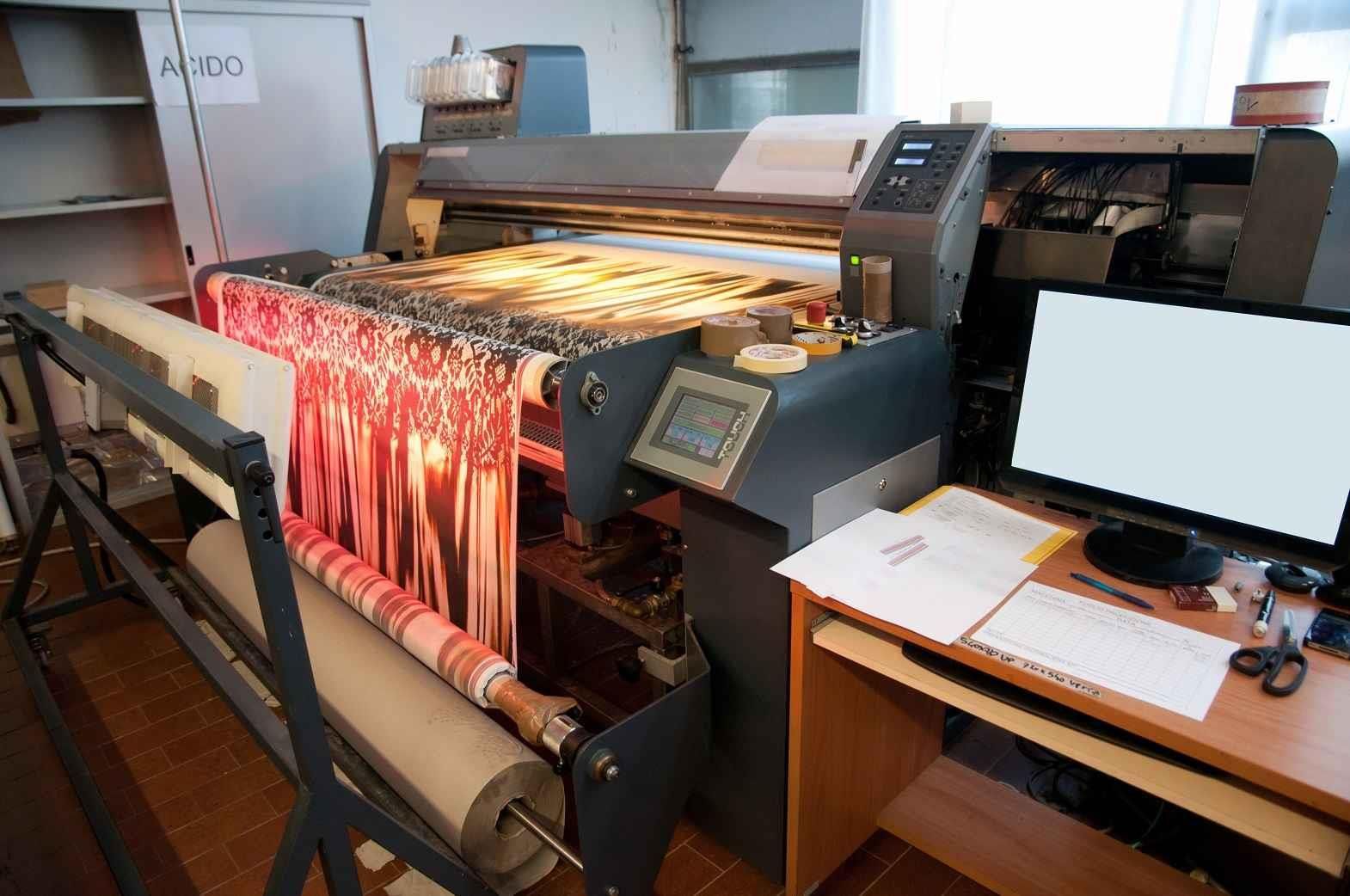Industry 4.0 utilises automation, data exchange, and smart technologies to create energy-efficient and resource-saving processes. Printing enhances aesthetic appeal and adds value. Block printing is considered the first generation, flat-bed screen printing the second, continuous rotary printing the third, and inkjet/digital printing the fourth generation, or Printing 4.0.
The term ‘Printing 4.0’ refers to the integration of digital technologies to revolutionise textile printing. Inkjet technology has revolutionised textile printing by offering a versatile and sustainable solution for producing high-quality printed fabrics with intricate designs and vibrant colours. It allows the direct printing of designs onto fabric substrates, offering several sustainability benefits compared to conventional textile printing methods, thus presenting a more environmentally friendly application technique. Originally pioneered for paper printing, inkjet technology has now seamlessly transitioned into the textile industry.
The working sequence of the digital textile printing technique is relatively simple. The process begins with creating a desirable design using graphic design software. The fabric to be printed on is pre-treated to ensure optimal ink absorption, which can involve washing or applying a pre-treatment solution, depending on the class of inks used. The design file is then transferred to the digital printer’s software. The digital textile printer uses inkjet technology, enabling the print head to move back and forth across the fabric. The digital design file shows that the nozzles of the print heads deposit tiny ink droplets onto the fabric surface. The digital printer precisely controls the amount of ink used to recreate the design accurately on the fabric while maintaining the sharpness of the print. Once the design is printed, the fabric is either dried or cured to set the ink. This final step ensures proper adhesion of the ink onto the fabric surface.
Innovation in Printing 4.0
-
Integration of Smart and High-Speed Technologies
Previously, digital textile printing was preferred as it offered several benefits over conventional textile printing, such as shorter production times, reduced setup costs, and the ability to produce small batch sizes with intricate designs. The advent of smart technologies has further revolutionised the digital textile printing segment. Manufacturers like Reggiani, Kornit, and Durst have developed digital textile printers capable of printing at higher speeds. These systems enable faster production turnaround times without compromising print quality.
-
Innovation in Ink Formulations
Greener and safer ink formulations are gaining attention to meet the demands of brands and ecological regulations. Brands now seek colour vibrancy, durability, and sustainable characteristics. Inks prepared using water-based and eco-friendly solvents are preferred. Commercial digital ink providers have started manufacturing digital printers compatible with eco-friendly ink formulations. Companies such as Epson, Mimaki, and Roland offer digital textile printers that are compatible with these eco-friendly ink formulations. The preparation of pigment inks for digital printing has recently garnered attention. As no post-processing treatment like washing is needed after curing the pigment-based inks, they can contribute to water, energy, and resource-saving.
-
Advanced Colour Management and Digital Printing Software
Advanced colour management in digital textile printing ensures efficient utilisation of the Right First Time (RFT) and Right Every Time (RET) strategy in production. Colour management using spectrophotometers, calibration tools, and software algorithms helps achieve accurate colour reproduction and consistency across different batches and printing conditions. Companies supplying spectrophotometers and calibration tools, such as Barbieri Electronic and X-Rite, offer colour management software tailored for digital textile printing. RIP (Raster Image Processor) software solutions from companies like EFI and Caldera also incorporate advanced colour profiling and calibration features. Textile-specific computer-aided design (CAD) software enables fashion designers and garment manufacturers to create print-ready files with complex patterns efficiently.
-
Artificial Intelligence (AI) and Machine Learning
Machine learning algorithms and AI are being implemented to analyse data from printing processes to optimise parameters, detect defects, and predict maintenance needs. AI-driven predictive technology can help detect defects and optimise ink consumption to achieve higher efficiency, reduce waste, and improve print quality. Mimaki and EFI have integrated AI-driven features into their digital textile printers. The AI-based Nozzle Check Unit (NCU) automatically checks and cleans clogged nozzles of digital textile printers. Meanwhile, the Nozzle Replacement Unit (NRU) selectively substitutes good nozzles. Such AI-driven techniques are beneficial in achieving sustainability goals like responsible consumption.
-
Direct to Garment (DTG) Digital Printing
Direct-to-garment printers enable the easy printing of designs directly onto garments such as T-shirts, pants, and designer wear. Apart from commercial industry setups, these printers are gaining popularity in households. DTGs enable individuals to create personalised designs for their garments. These printers are becoming increasingly popular as they are easy to use and require less technical know-how. They are sought after by startups to imprint logos and trademarks for promotional marketing easily.


 (1)20240730094415.jpg)







Comments